The DataOps Vendor Landscape, 2021
DataKitchen
APRIL 13, 2021
Testing and Data Observability. We have also included vendors for the specific use cases of ModelOps, MLOps, DataGovOps and DataSecOps which apply DataOps principles to machine learning, AI, data governance, and data security operations. . Genie — Distributed big data orchestration service by Netflix.

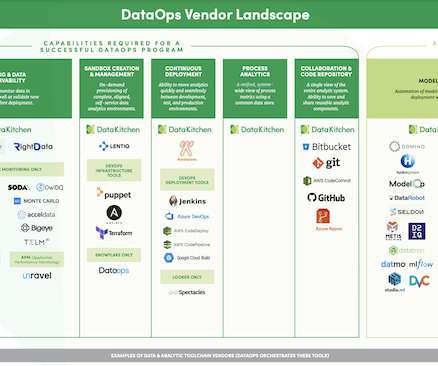
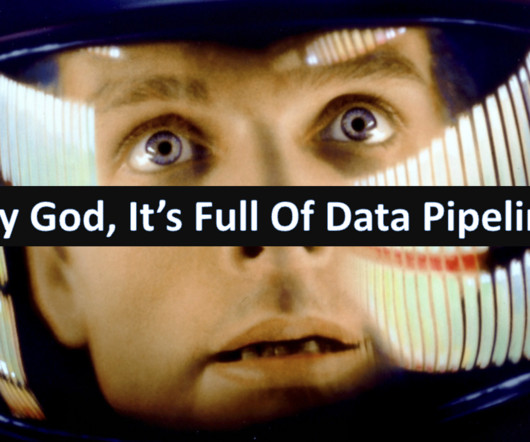
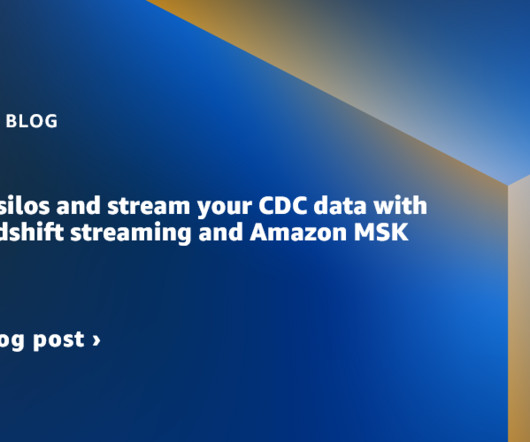
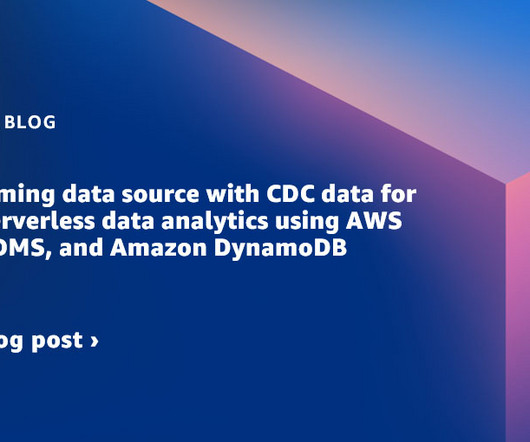
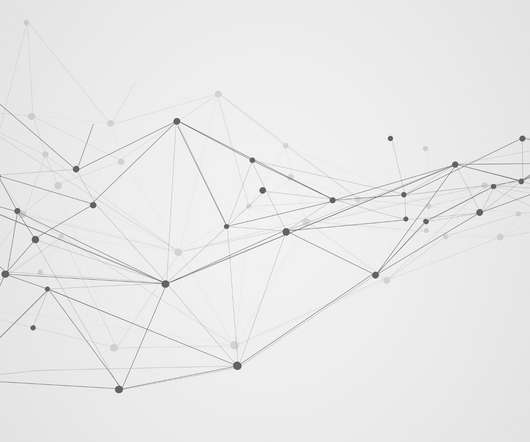








Let's personalize your content